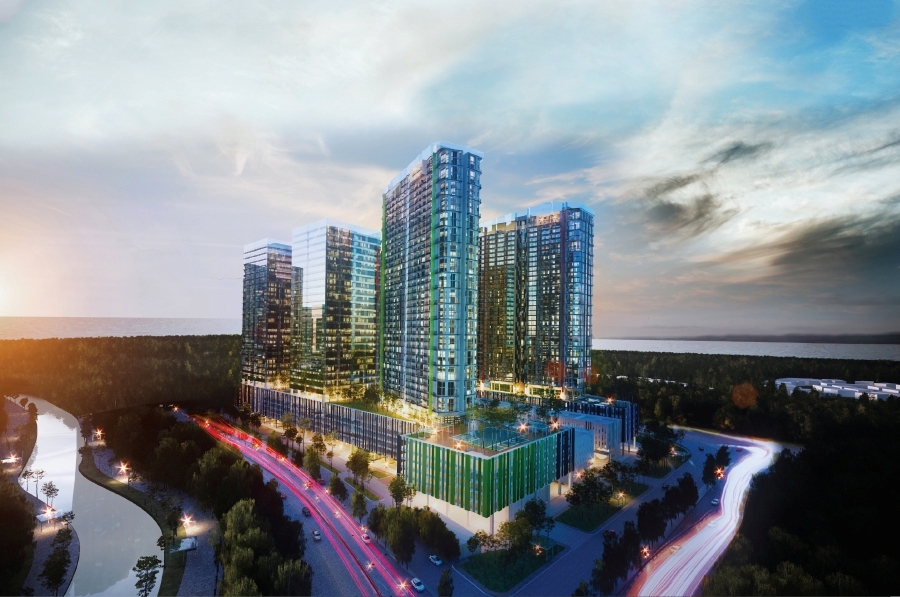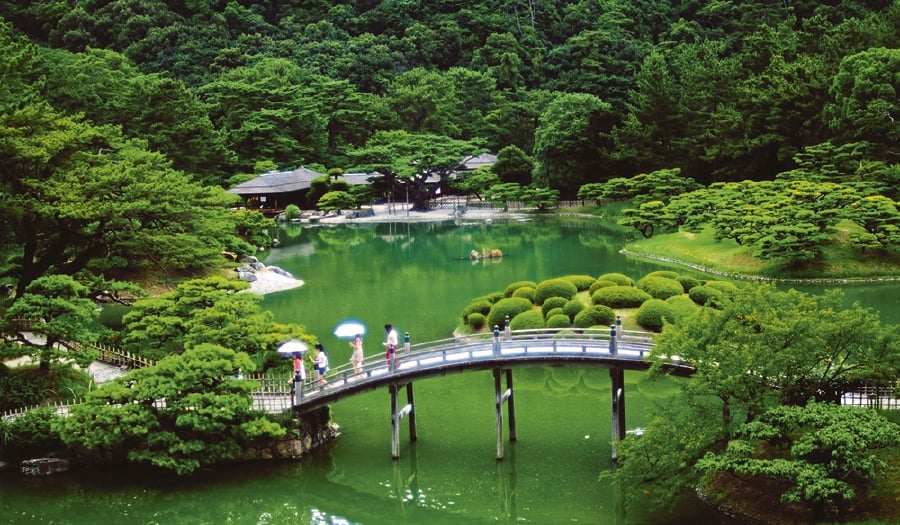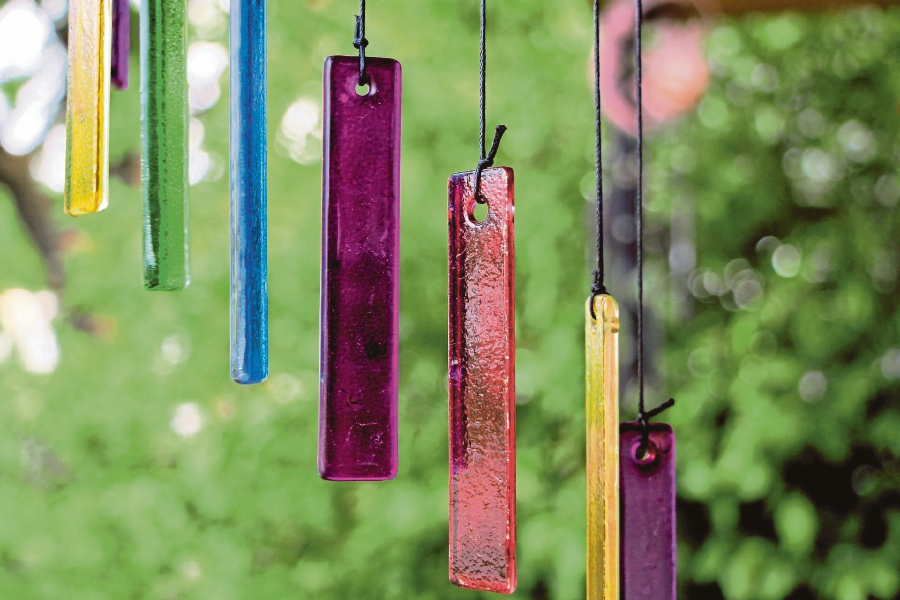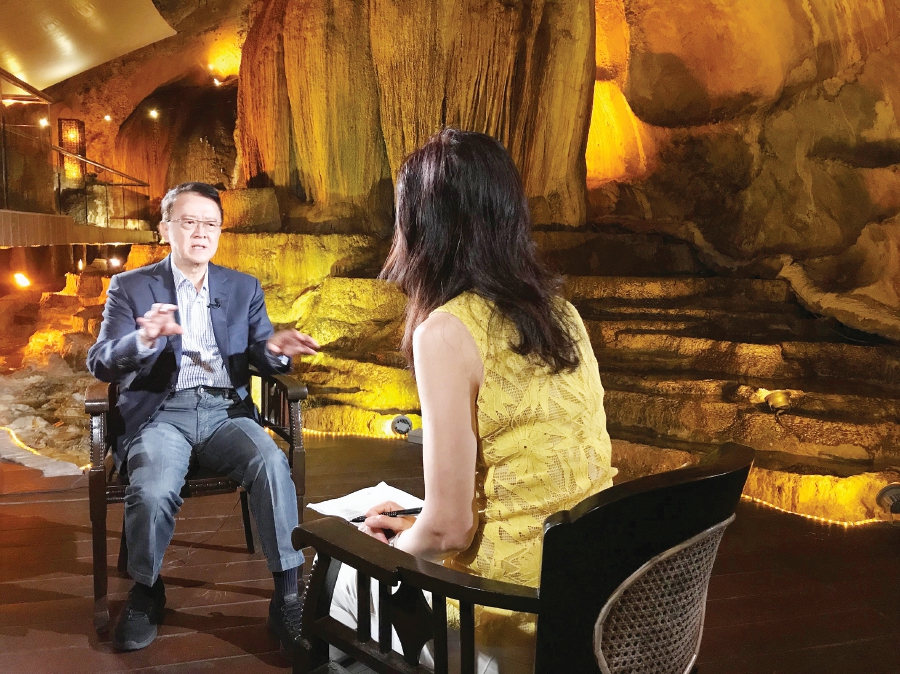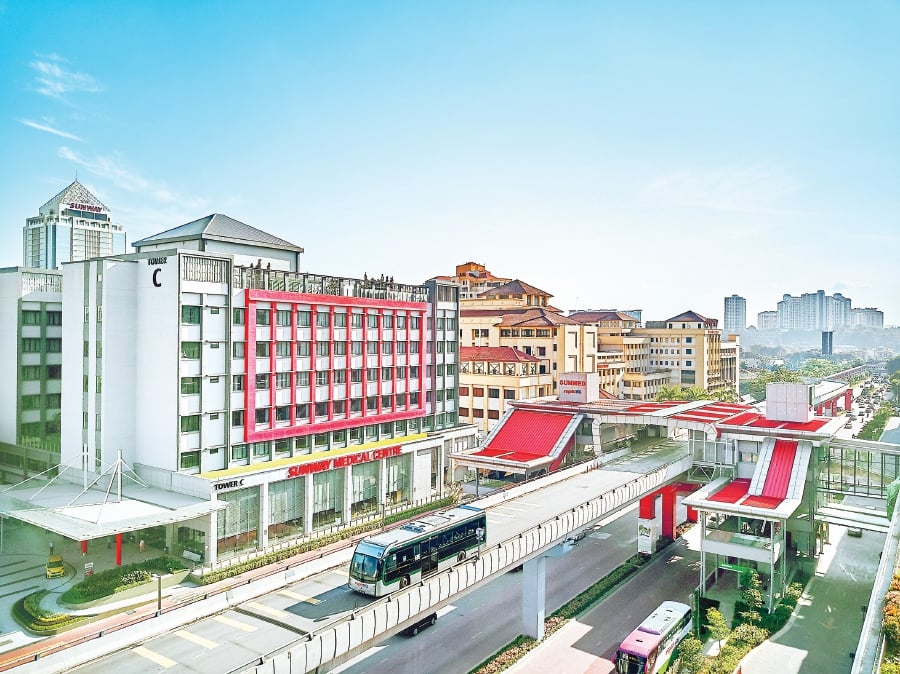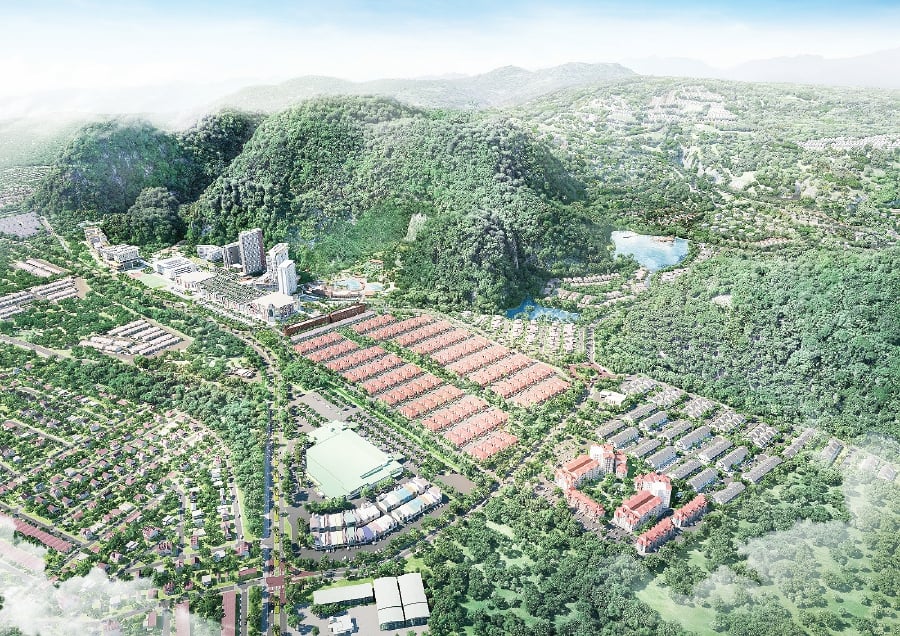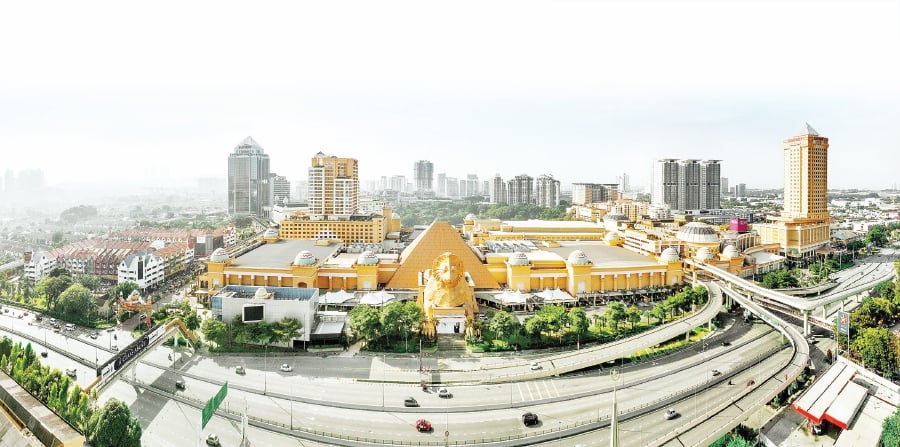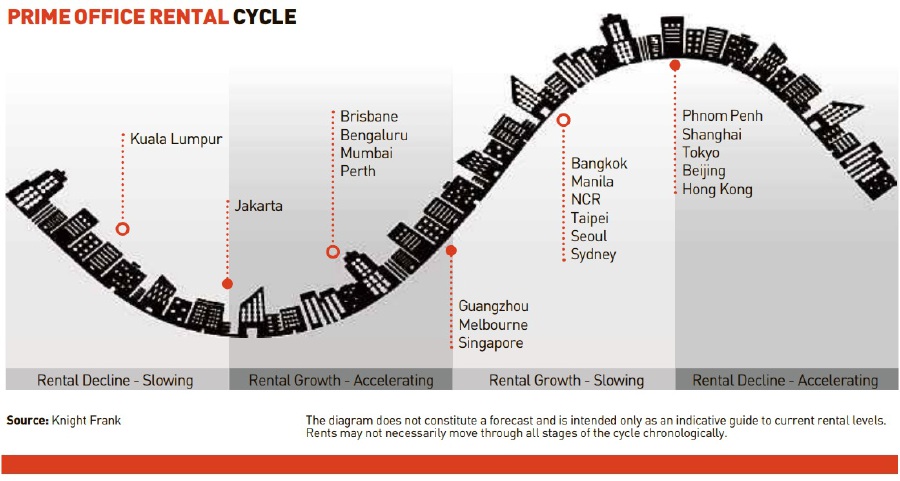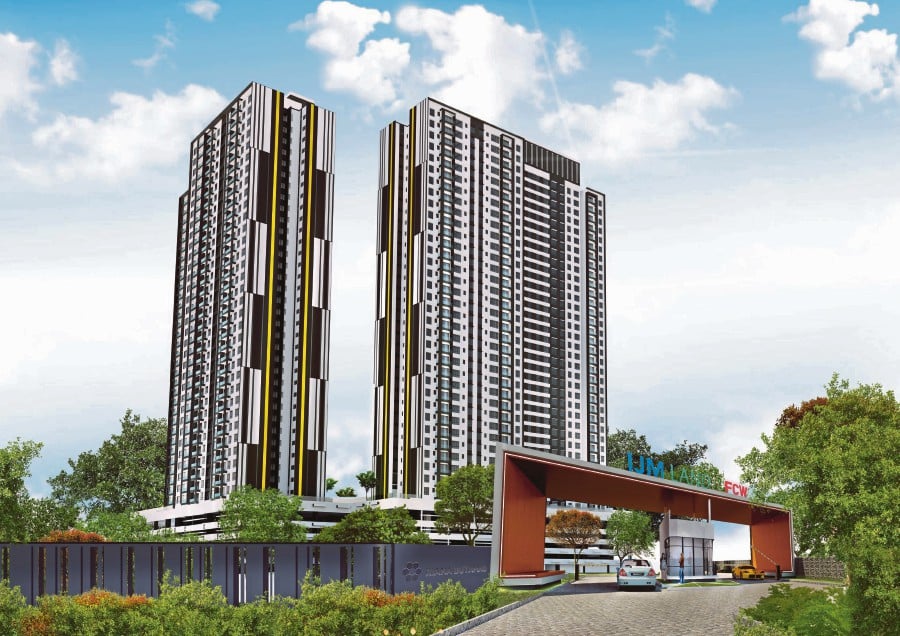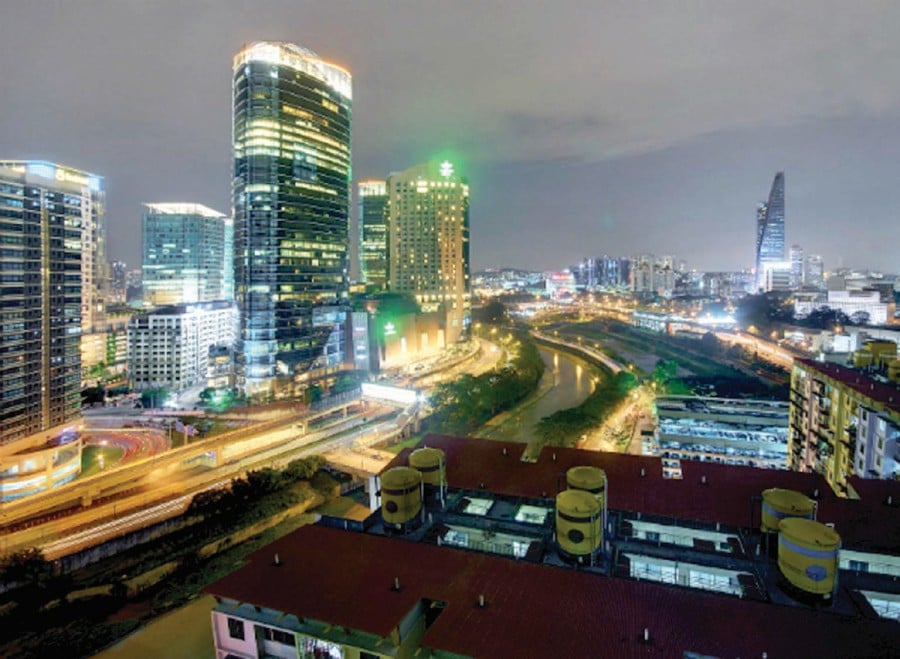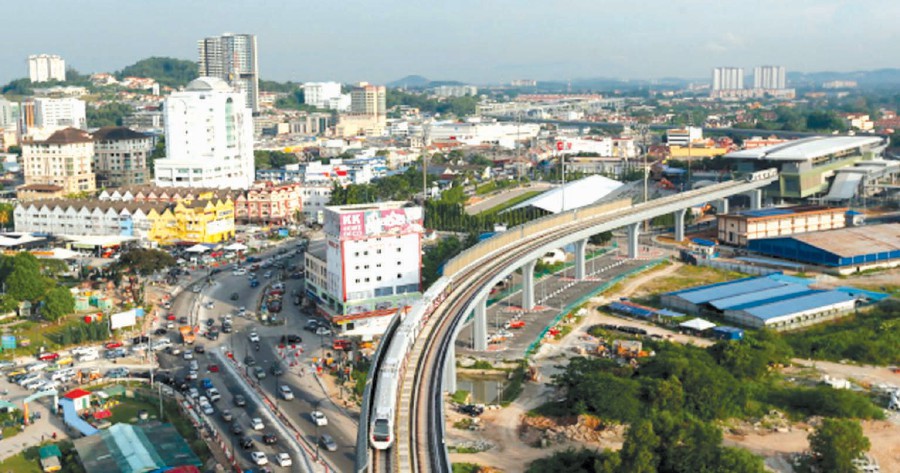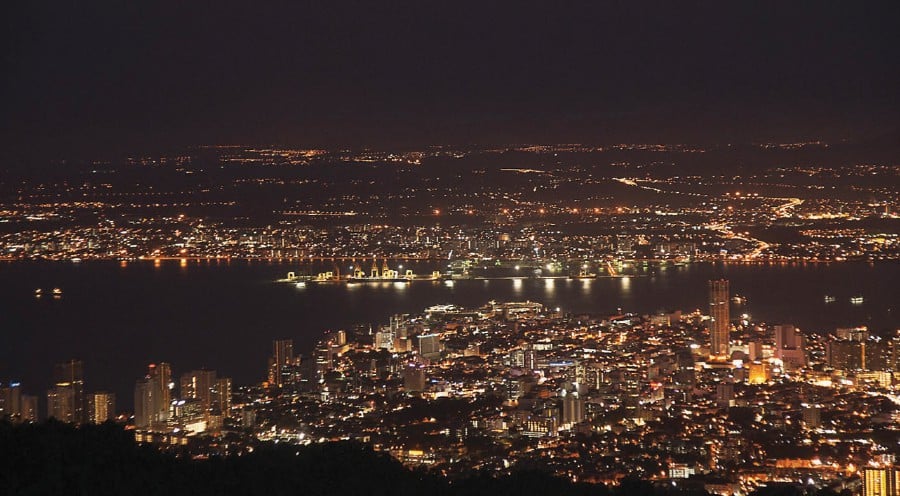
UEM
Sunrise Bhd is said to have received offers worth more than A$120
million for 252 units of serviced apartment at its Aurora Melbourne
Central mixed development.
DID
Singapore-listed Ascendas Hospitality Trust (A-HTrust) make a mistake
backing out from a deal to purchase serviced apartment units in
Australia from UEM Sunrise Bhd?
Last week, UEM Sunrise told Bursa Malaysia that its wholly-owned unit, UEMS (La Trobe Street) Pty Ltd, and A-HTrust had aborted a deal for 252 units of serviced apartment within its Aurora Melbourne Central mixed development in Melbourne.
UEM Sunrise said the agreement between UEMS and The Trust Company (Re Services) Ltd (TCL), a trustee for Ascendas, had been terminated on a mutual basis following disagreements over the specifications of certain aspects of the apartments earmarked for sale.
A-HTrust sealed a purchase agreement with UEMS in December 2015 to buy the apartment units for A$120 million (RM370.80 million then). The sale of the units located on Level 10 to 32 of Aurora Melbourne Central also included 10 car parks and part of the ground floor retail area measuring a gross floor area of 14,924 square metres.
The disposal was expected to be completed by Sept 30 this year and UEM Sunrise would have earned A$26.95 million.
If A-HTrust had acquired the apartments, it would have been a brand new asset at an attractive yield. The apartments were estimated to contribute net property income (NPI) of A$9.1 million in its first year of operation, translating to an estimated NPI yield of 7.6 per cent, A-HTrust said in a statement after announcing the deal to acquire the apartments in 2015.
According to sources with knowledge on the matter, A-HTrust could have aborted the deal as it was merging with Ascott Residence Trust (Ascott REIT).
A-HTrust consists of Ascendas Hospitality Real Estate Investment Trust (A-HTrust REIT) and Ascendas Hospitality Business Trust (A-HTrust BT). Singapore’s CapitaLand acquired A-HTrust from Temasek’s subsidiary, Ascendas-Singbridge. The deal was completed in July this year.
CapitaLand will combine Ascott REIT and A-HTrust to form the largest hospitality trust in Asia Pacific and the eighth biggest globally, with a total asset value of S$7.6 billion.
Once the merger deal is completed, it will create a new enlarged entity, Ascott REIT-BT.
A-HTrust, which has 14 hotels in the Asia-Pacific region that include Pullman and Mercure hotels at Albert Park, an inner subarb of Melbourne, will delist following the merger.
Sources said A-HTrust may not have the mandate to buy the apartment units after the takeover by CapitaLand.
“They may not also have the cash flow with the merger taking place. It could be that CapitaLand have also asked A-HTrust to re-analyse the deal.
“But it is good that the deal had been aborted as UEM Sunrise has received higher offers for the 252 apartment units. The offers are higher than the A$120 million deal that UEM Sunrise had secured with A-HTrust,” said a source.
The source said technically, the value of the apartments today is higher than the bulk rate price that was offered to A-HTrust.
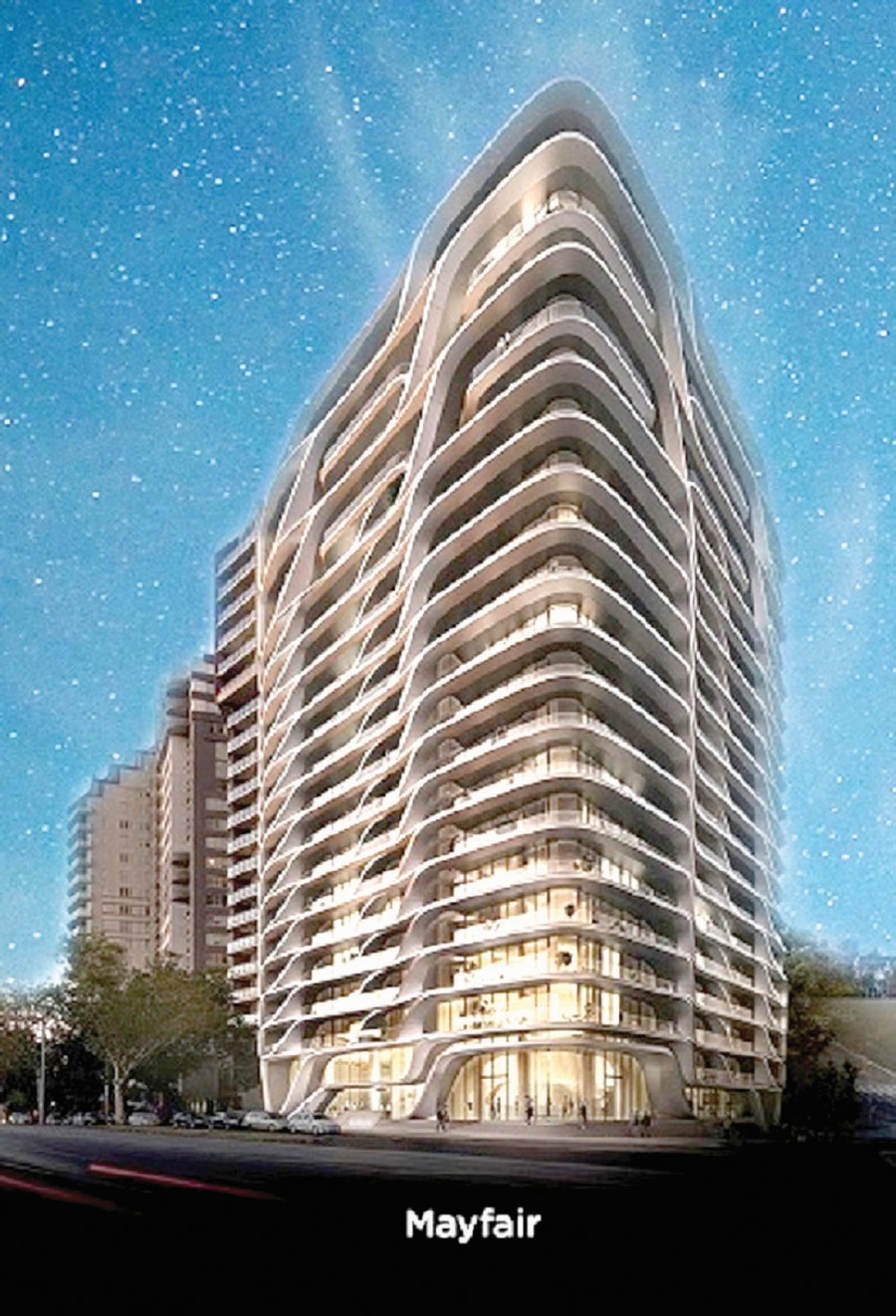 In
terms of per sq ft price, A-HTrust was paying slightly cheaper than
market price for the apartments as they were buying in bulk, added the
source.
In
terms of per sq ft price, A-HTrust was paying slightly cheaper than
market price for the apartments as they were buying in bulk, added the
source.
“In hindsight, A-HTrust should have just (put) on-sale the entire serviced apartment at a higher price instead of walking away. So, UEM Sunrise did a fantastic choice to agree and abort the deal as they can get a higher offer during this recovery stage,” said the source.
According to the source, UEM Sunrise has found a buyer and is close to signing the deal for more than A$120 million.
“They are doing their due diligence now, and if everything goes well, they are expected to sign (deal) soon,” said the source.
Serviced apartments make up more than a quarter of the total 941 apartment units in the A$800 million tower located at 224 La Trobe Street.
Aurora Melbourne Central, the tallest building in Melbourne’s Central Business District (CBD), will have direct access to Melbourne Central Railway Station as well as Melbourne Central Shopping Centre across the road. The new CBD North station of Melbourne Metro will be located next to the project site.
The development is also located within close proximity to renowned attractions, such as Queen Victoria Market, State Library of Victoria, Royal Exhibition Building and the Melbourne Museum.
BUYER FOR MAYFAIR?
UEM Sunrise has received several offers from investors for its Zaha Hadid-designed Mayfair apartment project on St Kilda Road.
According to sources, the offers for Mayfair, which is strategically located with superb connectivity and expansive viewlines, exceed A$100 million.
UEM Sunrise is selling the Mayfair apartment project amid a major slump in off-the-plan apartment sales in Melbourne.
The company purchased the 22-level B-grade building in 2015 for A$58 million to develop its third property project in Australia.
Mayfair was launched in 2017 and UEM Sunrise had sold about 40 per cent of the 152-units off-the-plan.
“With UEM Sunrise flushed with cash in Australia, they are poised to expand landbank there or plan for corporate takeovers,” said the source.
UEM Sunrise managing director and chief executive officer Anwar Syahrin Abdul Ajib has said the company remains committed to its business expansion plans in Australia.
According to Anwar, UEM Sunrise is actively looking for new developments and joint-venture opportunities in the country, with Melbourne and Sydney being the two key target cities.
The group’s maiden venture in Melbourne, Aurora Melbourne Central, was launched in 2014.
Its second project in Melbourne, Conservatory, comprising 446 apartments in a 42-storey tower, was launched in 2015.
Last week, UEM Sunrise told Bursa Malaysia that its wholly-owned unit, UEMS (La Trobe Street) Pty Ltd, and A-HTrust had aborted a deal for 252 units of serviced apartment within its Aurora Melbourne Central mixed development in Melbourne.
UEM Sunrise said the agreement between UEMS and The Trust Company (Re Services) Ltd (TCL), a trustee for Ascendas, had been terminated on a mutual basis following disagreements over the specifications of certain aspects of the apartments earmarked for sale.
A-HTrust sealed a purchase agreement with UEMS in December 2015 to buy the apartment units for A$120 million (RM370.80 million then). The sale of the units located on Level 10 to 32 of Aurora Melbourne Central also included 10 car parks and part of the ground floor retail area measuring a gross floor area of 14,924 square metres.
The disposal was expected to be completed by Sept 30 this year and UEM Sunrise would have earned A$26.95 million.
If A-HTrust had acquired the apartments, it would have been a brand new asset at an attractive yield. The apartments were estimated to contribute net property income (NPI) of A$9.1 million in its first year of operation, translating to an estimated NPI yield of 7.6 per cent, A-HTrust said in a statement after announcing the deal to acquire the apartments in 2015.
According to sources with knowledge on the matter, A-HTrust could have aborted the deal as it was merging with Ascott Residence Trust (Ascott REIT).
A-HTrust consists of Ascendas Hospitality Real Estate Investment Trust (A-HTrust REIT) and Ascendas Hospitality Business Trust (A-HTrust BT). Singapore’s CapitaLand acquired A-HTrust from Temasek’s subsidiary, Ascendas-Singbridge. The deal was completed in July this year.
CapitaLand will combine Ascott REIT and A-HTrust to form the largest hospitality trust in Asia Pacific and the eighth biggest globally, with a total asset value of S$7.6 billion.
Once the merger deal is completed, it will create a new enlarged entity, Ascott REIT-BT.
A-HTrust, which has 14 hotels in the Asia-Pacific region that include Pullman and Mercure hotels at Albert Park, an inner subarb of Melbourne, will delist following the merger.
Sources said A-HTrust may not have the mandate to buy the apartment units after the takeover by CapitaLand.
“They may not also have the cash flow with the merger taking place. It could be that CapitaLand have also asked A-HTrust to re-analyse the deal.
“But it is good that the deal had been aborted as UEM Sunrise has received higher offers for the 252 apartment units. The offers are higher than the A$120 million deal that UEM Sunrise had secured with A-HTrust,” said a source.
The source said technically, the value of the apartments today is higher than the bulk rate price that was offered to A-HTrust.

Has UEM Sunrise Bhd found a buyer for its Mayfair project in Australia?
“In hindsight, A-HTrust should have just (put) on-sale the entire serviced apartment at a higher price instead of walking away. So, UEM Sunrise did a fantastic choice to agree and abort the deal as they can get a higher offer during this recovery stage,” said the source.
According to the source, UEM Sunrise has found a buyer and is close to signing the deal for more than A$120 million.
“They are doing their due diligence now, and if everything goes well, they are expected to sign (deal) soon,” said the source.
Serviced apartments make up more than a quarter of the total 941 apartment units in the A$800 million tower located at 224 La Trobe Street.
Aurora Melbourne Central, the tallest building in Melbourne’s Central Business District (CBD), will have direct access to Melbourne Central Railway Station as well as Melbourne Central Shopping Centre across the road. The new CBD North station of Melbourne Metro will be located next to the project site.
The development is also located within close proximity to renowned attractions, such as Queen Victoria Market, State Library of Victoria, Royal Exhibition Building and the Melbourne Museum.
BUYER FOR MAYFAIR?
UEM Sunrise has received several offers from investors for its Zaha Hadid-designed Mayfair apartment project on St Kilda Road.
According to sources, the offers for Mayfair, which is strategically located with superb connectivity and expansive viewlines, exceed A$100 million.
UEM Sunrise is selling the Mayfair apartment project amid a major slump in off-the-plan apartment sales in Melbourne.
The company purchased the 22-level B-grade building in 2015 for A$58 million to develop its third property project in Australia.
Mayfair was launched in 2017 and UEM Sunrise had sold about 40 per cent of the 152-units off-the-plan.
“With UEM Sunrise flushed with cash in Australia, they are poised to expand landbank there or plan for corporate takeovers,” said the source.
UEM Sunrise managing director and chief executive officer Anwar Syahrin Abdul Ajib has said the company remains committed to its business expansion plans in Australia.
According to Anwar, UEM Sunrise is actively looking for new developments and joint-venture opportunities in the country, with Melbourne and Sydney being the two key target cities.
The group’s maiden venture in Melbourne, Aurora Melbourne Central, was launched in 2014.
Its second project in Melbourne, Conservatory, comprising 446 apartments in a 42-storey tower, was launched in 2015.
